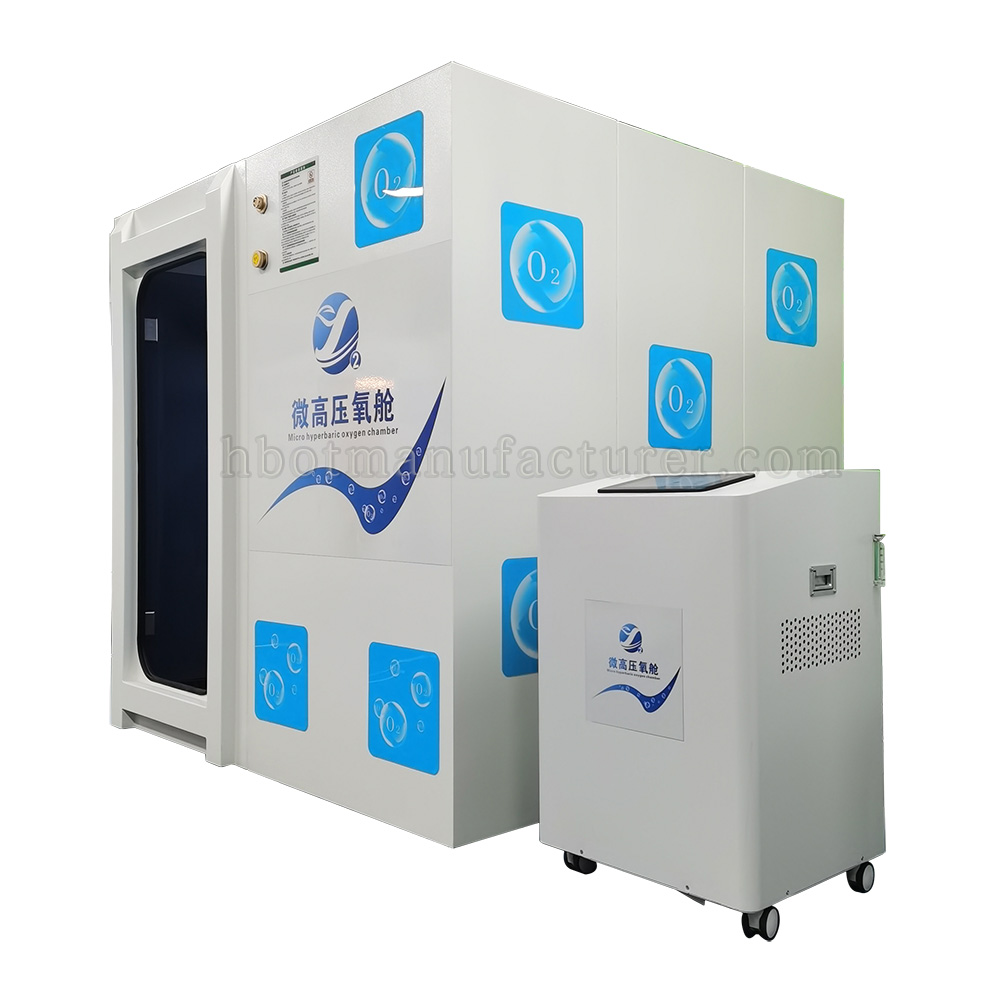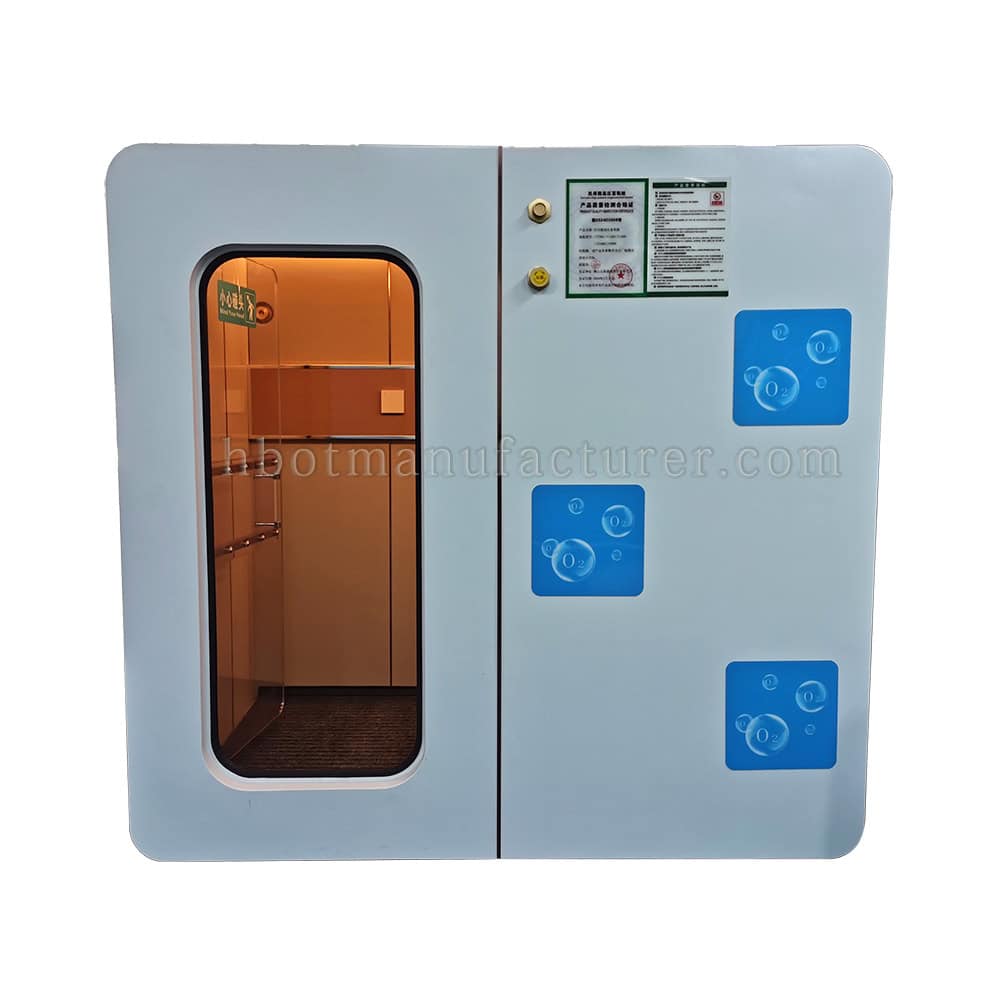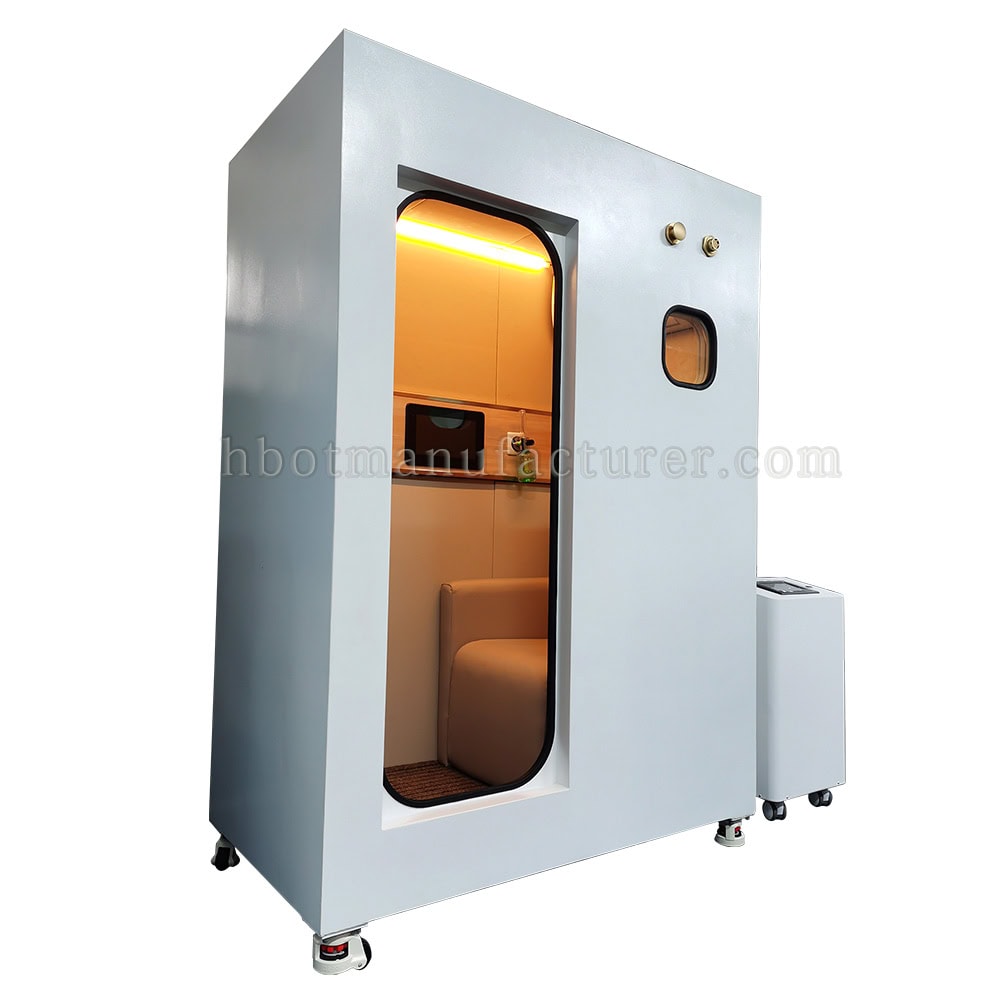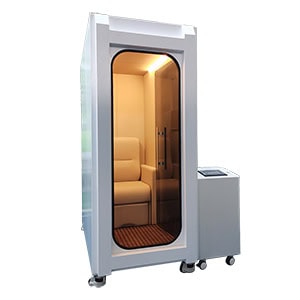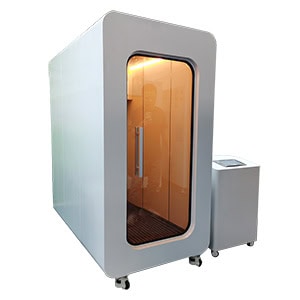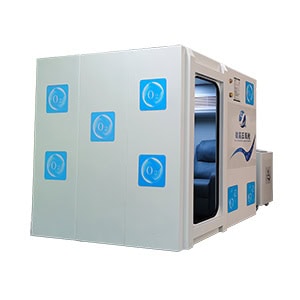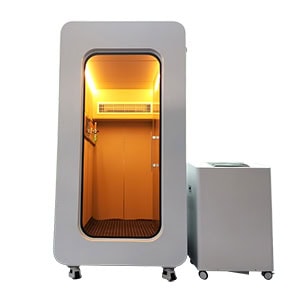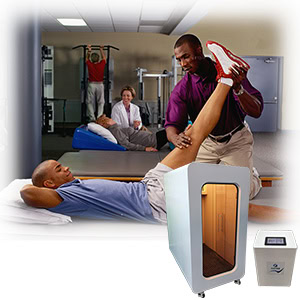What are the Side Effects of a Hyperbaric Oxygen Chamber
Introduction
Hyperbaric oxygen therapy (HBOT) is a medical treatment that involves breathing pure oxygen in a pressurized chamber. This therapy is used to accelerate healing for various medical conditions, including decompression sickness, non-healing wounds, infections, and carbon monoxide poisoning. Despite its benefits, HBOT presents several potential risks and side effects that patients should be aware of. Understanding these risks is crucial for anyone considering or undergoing this treatment. This article explores the various complications that can arise from HBOT, including ear pain, sinus damage, vision changes, oxygen toxicity, lung collapse, claustrophobia, fatigue, low blood sugar, and fire risk. By examining each of these issues in detail, we aim to provide a comprehensive overview of the precautions and measures necessary to ensure a safe and effective therapy experience.
Ear Pain or Damage
Experiencing ear pain or damage is a common issue associated with changes in air pressure. This phenomenon, known as barotrauma, can occur when there is a significant difference between the pressure inside the ear and the external environment. This pressure disparity can lead to various complications, such as the buildup of fluid behind the eardrum or, in severe cases, the rupture of the eardrum itself. The eardrum, a thin membrane separating the outer ear from the middle ear, is sensitive to pressure changes. When the pressure on either side of the eardrum is not equalized, it can cause discomfort or pain. Symptoms of ear barotrauma include a feeling of fullness or pressure in the ear, hearing loss, dizziness, and in extreme cases, intense pain and bleeding from the ear. It is particularly prevalent during activities such as flying, scuba diving, or driving in mountainous regions where altitude changes are common. To mitigate these effects, individuals can use techniques such as yawning, swallowing, or chewing gum to help equalize the pressure. In some cases, decongestants or nasal sprays might be recommended to reduce congestion and facilitate pressure equalization.
Sinus Damage
Changes in air pressure can also have a detrimental impact on the sinuses, leading to sinus damage or pain. The sinuses are air-filled cavities located within the bones surrounding the nose and eyes. They play a crucial role in humidifying the air we breathe, enhancing our voices, and protecting against infections. However, sudden or significant pressure changes can disrupt the normal functioning of the sinuses. When the external pressure changes rapidly, the pressure within the sinuses might not equalize quickly enough, resulting in a painful condition known as sinus barotrauma. This can cause inflammation and swelling of the sinus tissues, leading to symptoms such as headache, facial pain, nasal congestion, and sometimes nosebleeds. The discomfort is often exacerbated during air travel, particularly during takeoff and landing, or during activities like diving. To alleviate sinus barotrauma, individuals are advised to stay well-hydrated, use saline nasal sprays, or take decongestants to keep the nasal passages clear. In some instances, gently blowing the nose can help equalize the pressure. Chronic sinus barotrauma may require medical intervention, such as the use of corticosteroids or, in severe cases, surgical procedures to improve sinus drainage.
Vision Changes
Vision changes, particularly temporary nearsightedness (myopia), can occur as a result of alterations in the eye lens due to changes in pressure. The eye is a delicate organ, and its function depends on the precise curvature and shape of the lens. When exposed to significant pressure variations, the shape of the lens can be temporarily altered, leading to blurred vision or difficulty focusing on distant objects. This condition is often reversible and subsides once the pressure normalizes. People might experience this phenomenon during activities such as scuba diving, where the increased water pressure can affect the eyes, or during hyperbaric oxygen therapy, where patients are exposed to high-pressure oxygen environments. Symptoms include a sudden decrease in the clarity of vision, headaches, and eye strain. To mitigate these effects, individuals are advised to avoid rapid changes in pressure and allow their eyes to gradually adjust to new conditions. In some cases, using eye drops to keep the eyes moist or wearing specialized goggles designed to equalize pressure can help. If vision changes persist, it is important to consult an eye specialist to rule out any underlying conditions that might require treatment.
Oxygen Toxicity
Breathing pure oxygen under high pressure can lead to a condition known as oxygen toxicity, which can have serious health implications. Oxygen toxicity occurs when the body is exposed to high concentrations of oxygen for prolonged periods, especially under increased atmospheric pressure, such as in hyperbaric oxygen therapy or deep-sea diving. This can result in the production of reactive oxygen species (ROS), which can cause oxidative damage to tissues and cells. The lungs are particularly susceptible to this damage, and symptoms of oxygen toxicity include coughing, difficulty breathing, chest pain, and in severe cases, fluid buildup in the lungs (pulmonary edema). Additionally, oxygen toxicity can affect the central nervous system, leading to symptoms such as nausea, dizziness, and seizures. To minimize the risk, it is crucial to monitor oxygen exposure levels and limit the duration of exposure. Hyperbaric therapy sessions are carefully controlled, and patients are closely monitored for any signs of adverse effects. For divers, adhering to recommended dive times and depths can help prevent oxygen toxicity. If symptoms occur, immediate medical attention is necessary to manage the condition and prevent long-term damage.
Lung Collapse
Lung collapse, or pneumothorax, is a potentially life-threatening condition that can occur due to significant pressure changes. Pneumothorax happens when air leaks into the space between the lung and the chest wall, causing the lung to collapse. This can result from trauma, such as a rib fracture, or due to pressure changes during activities like scuba diving or hyperbaric oxygen therapy. The sudden drop in pressure can cause air to escape from the lung, leading to a partial or complete collapse. Symptoms of pneumothorax include sudden chest pain, shortness of breath, rapid heart rate, and a feeling of tightness in the chest. In severe cases, it can lead to respiratory failure if not treated promptly. Treatment for pneumothorax typically involves the insertion of a chest tube to remove the air from the pleural space, allowing the lung to re-expand. In some cases, surgery might be necessary to repair the underlying cause of the air leak. Preventive measures include avoiding rapid pressure changes and following safety protocols during activities that involve pressure exposure. Individuals with a history of lung conditions should consult with their healthcare provider before engaging in such activities.
Claustrophobia
Claustrophobia, or the fear of confined spaces, can be a significant issue for some individuals undergoing treatments in enclosed environments, such as hyperbaric oxygen therapy chambers. The therapy involves placing patients in a pressurized chamber, which can trigger feelings of anxiety, panic, and claustrophobia in some people. This reaction is often due to the perception of being trapped or unable to escape, leading to physical symptoms such as sweating, increased heart rate, and difficulty breathing. For individuals with claustrophobia, the anticipation of being in a confined space can cause significant distress, potentially impacting their willingness to undergo necessary treatments. To help manage claustrophobia, it is important to prepare patients thoroughly before the procedure, explaining the process and what to expect. Techniques such as deep breathing exercises, visualization, and mindfulness can help reduce anxiety. In some cases, mild sedatives might be prescribed to help relax the patient. Creating a comfortable and reassuring environment within the chamber, including the use of communication devices to stay in contact with medical staff, can also alleviate feelings of claustrophobia and ensure a more positive experience for the patient.
Fatigue and Lightheadedness
Fatigue and lightheadedness are common after undergoing treatments that involve significant changes in pressure, such as hyperbaric oxygen therapy. The body’s response to these treatments can lead to a temporary decrease in energy levels and a feeling of dizziness or lightheadedness. This is often due to the increased oxygen levels and pressure changes affecting the body’s physiological processes. Patients may feel tired or fatigued as their body adjusts to the new conditions and begins the healing process. Lightheadedness can occur as a result of changes in blood flow and oxygen delivery to the brain. These symptoms are usually temporary and subside as the body returns to normal. To manage fatigue and lightheadedness, it is important for patients to rest adequately after treatment and stay hydrated. Gradual movement and avoiding sudden changes in posture can help prevent dizziness. If symptoms persist or worsen, it is advisable to consult with a healthcare provider to rule out any underlying conditions that might be contributing to the symptoms. Monitoring and addressing these side effects can help ensure a smoother recovery and better overall treatment experience.
Low Blood Sugar
For individuals with diabetes who are on insulin therapy, hyperbaric oxygen therapy can pose a risk of lowering blood sugar levels. This occurs because the increased oxygen levels can enhance insulin sensitivity and glucose uptake by cells, leading to a drop in blood sugar. Managing blood sugar levels is crucial for diabetic patients, and any significant changes can lead to symptoms such as shakiness, sweating, confusion, and in severe cases, hypoglycemic episodes. To mitigate this risk, it is important for diabetic patients to closely monitor their blood sugar levels before, during, and after hyperbaric oxygen therapy sessions. Adjustments to insulin dosages may be necessary to maintain stable blood sugar levels. Patients should also be aware of the signs of low blood sugar and have a plan in place to address it, such as carrying glucose tablets or snacks. Consulting with a healthcare provider before starting hyperbaric therapy can help create a tailored treatment plan that takes into account the patient’s diabetes management needs. Proper monitoring and proactive management can help prevent hypoglycemia and ensure a safe and effective therapy experience.
Fire Risk
The oxygen-rich environment in hyperbaric oxygen therapy chambers poses a significant fire hazard, necessitating stringent safety precautions. Oxygen is highly flammable, and any ignition source within the chamber can lead to a fire or explosion. To minimize this risk, strict protocols are in place to control and eliminate potential ignition sources. This includes prohibiting the use of electronic devices, ensuring that all materials used inside the chamber are flame-resistant, and removing any flammable substances such as oils or creams from patients before treatment. Additionally, the chamber is equipped with fire suppression systems, and staff are trained in emergency response procedures. Patients are advised to wear cotton clothing to reduce static electricity and avoid bringing any personal items that could pose a fire risk. Regular maintenance and inspection of the chamber and its components are essential to ensure safety. By adhering to these precautions, the risk of fire can be significantly reduced, ensuring a safe environment for patients and medical staff during hyperbaric oxygen therapy sessions. Safety measures and awareness are critical in preventing accidents and ensuring the effective and secure delivery of therapy.
Conclusion
While hyperbaric oxygen therapy offers significant medical benefits for a range of conditions, it is not without its risks. The potential complications, including ear and sinus damage, vision changes, oxygen toxicity, lung collapse, claustrophobia, fatigue, low blood sugar, and fire hazards, highlight the importance of careful consideration and monitoring during treatment. Understanding these risks and taking appropriate precautions can help mitigate adverse effects and enhance the safety and effectiveness of the therapy. Patients should work closely with their healthcare providers to develop individualized treatment plans that address their specific needs and health conditions. By being informed and proactive, patients can maximize the therapeutic benefits of HBOT while minimizing potential risks, leading to a safer and more positive treatment experience.

